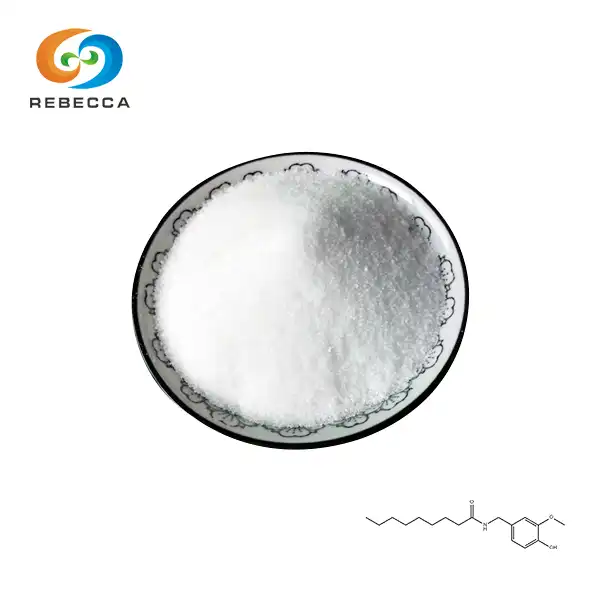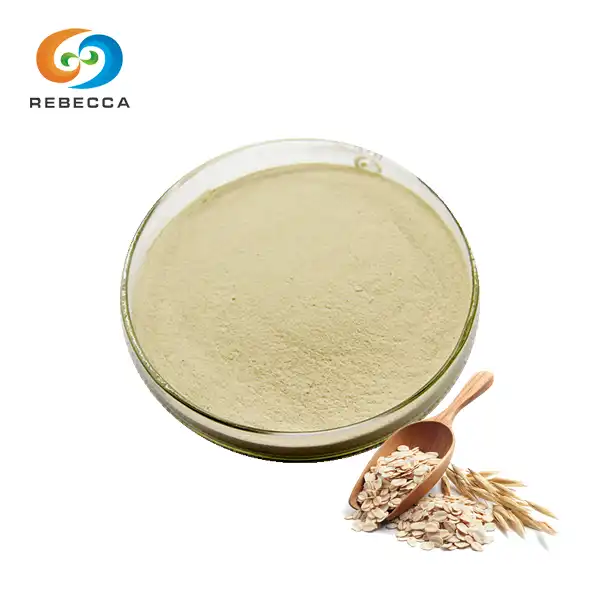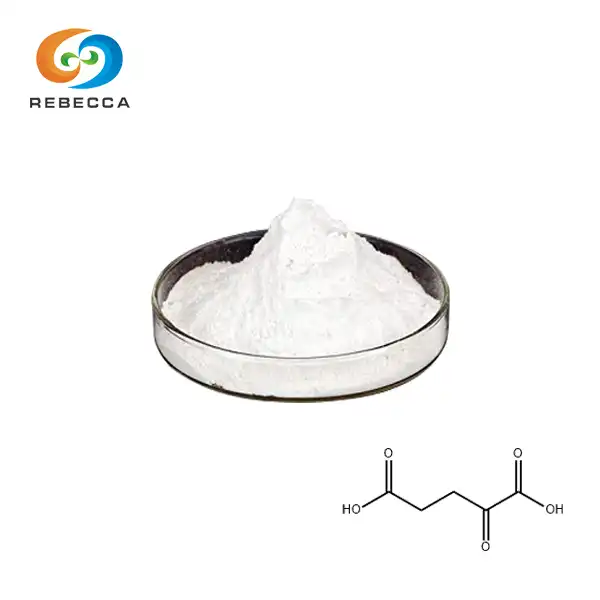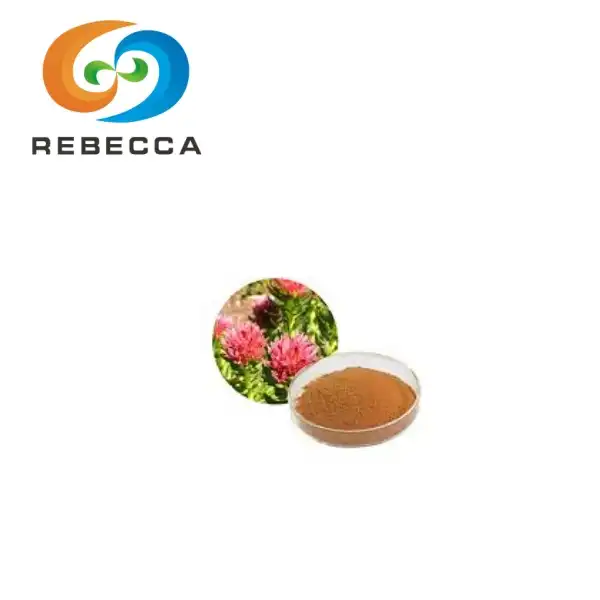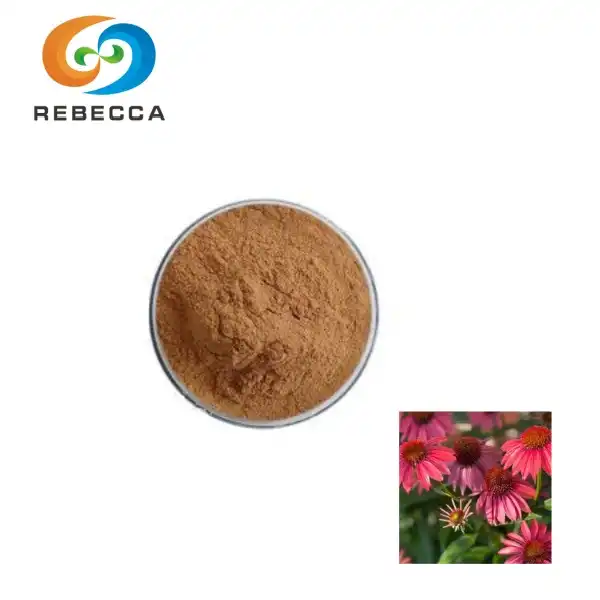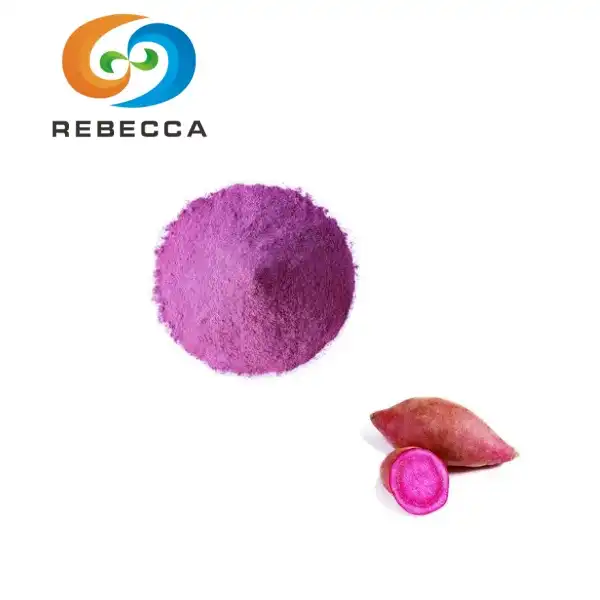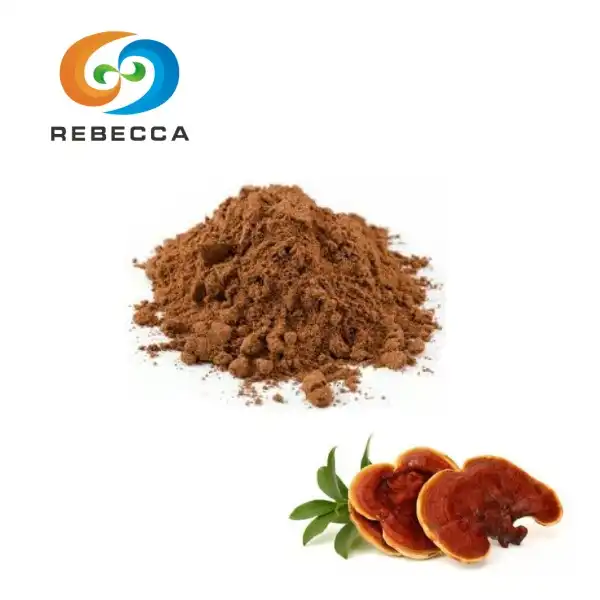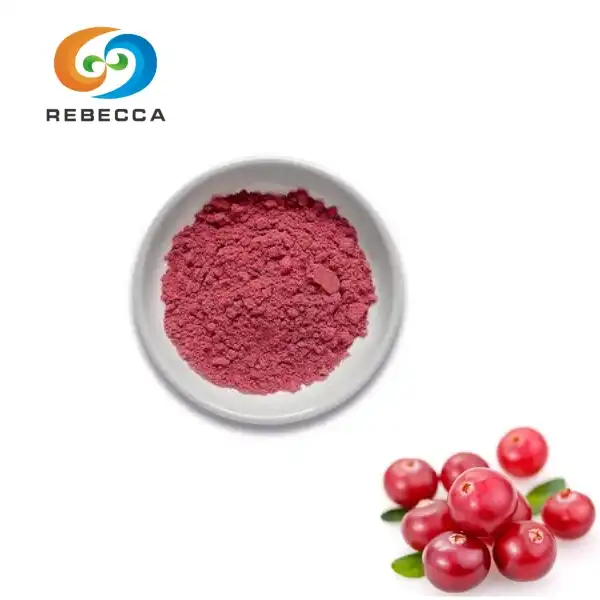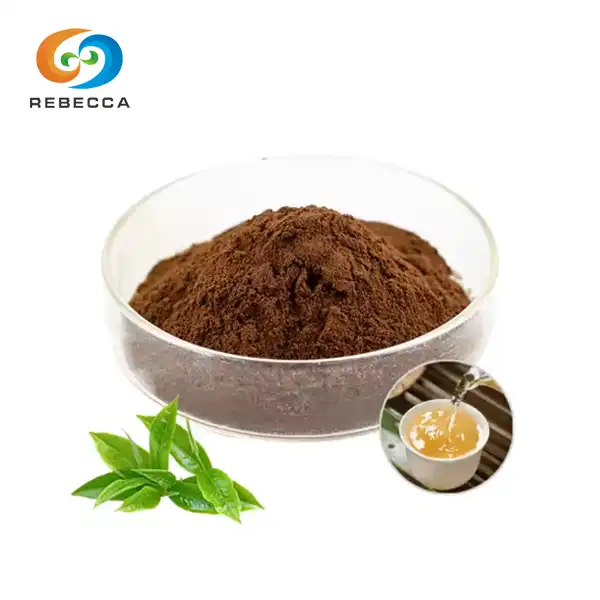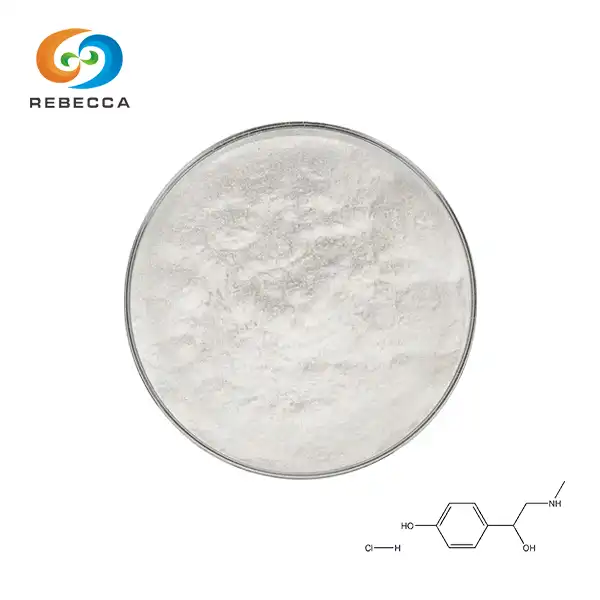Understanding L Ergothioneine Powder and Its Benefits
L Ergothioneine powder has garnered significant attention in recent years due to its potential health benefits and versatile applications. This naturally occurring amino acid, found primarily in mushrooms, has piqued the interest of researchers and health enthusiasts alike. In this comprehensive guide, we'll explore the intricacies of L Ergothioneine powder, its mechanisms of action, and the reasons behind its growing popularity.

What is L Ergothioneine and How Does it Work?
L Ergothioneine, often abbreviated as EGT, is a unique amino acid that functions as a potent antioxidant in the human body. Unlike many other antioxidants, EGT is not synthesized by human cells and must be obtained through dietary sources or supplementation. Mushrooms are the primary natural source of EGT, with certain varieties containing particularly high concentrations.
The mechanism of action of L Ergothioneine is multifaceted. Its molecular structure, which includes a 2-thioimidazole moiety, contributes to its remarkable stability and longevity within cells. This stability allows EGT to provide sustained antioxidant protection, setting it apart from more transient antioxidants.
One of the key features of L Ergothioneine is its ability to accumulate in specific tissues through a dedicated transporter protein known as OCTN1 (organic cation transporter novel type 1). This transporter facilitates the uptake and concentration of EGT in areas of high oxidative stress, such as the liver, kidneys, and certain types of immune cells.
Once inside cells, L Ergothioneine exerts its protective effects through various mechanisms:
- Direct scavenging of reactive oxygen species (ROS) and other free radicals
- Chelation of metal ions, which can catalyze harmful oxidative reactions
- Modulation of cellular signaling pathways involved in stress response and inflammation
- Protection of mitochondrial function and cellular energy production

The Science Behind L Ergothioneine Powder
The scientific community has shown increasing interest in L Ergothioneine powder, with numerous studies exploring its potential health benefits and physiological roles. Here are some key areas of research:
Antioxidant Properties
L Ergothioneine has demonstrated potent antioxidant capabilities in various experimental models. Its unique chemical structure allows it to neutralize a wide range of reactive species, including hydroxyl radicals, peroxynitrite, and singlet oxygen. Unlike some antioxidants that can become pro-oxidants under certain conditions, EGT maintains its protective effects even in high concentrations.
Neuroprotection
Several studies have investigated the potential neuroprotective effects of L Ergothioneine. Research suggests that EGT may help protect neurons from oxidative damage and mitochondrial dysfunction, processes implicated in neurodegenerative disorders such as Alzheimer's and Parkinson's disease. The ability of EGT to cross the blood-brain barrier and accumulate in neural tissues makes it a promising candidate for supporting brain health.
Cardiovascular Health
Emerging research indicates that L-Ergothioneine may have beneficial effects on cardiovascular health. Studies have shown that EGT can protect endothelial cells from oxidative stress and inflammation, potentially improving vascular function. Additionally, EGT has been found to inhibit the oxidation of low-density lipoprotein (LDL) cholesterol, a key factor in the development of atherosclerosis.
Skin Health and Anti-Aging
The antioxidant properties of L Ergothioneine have led to investigations into its potential for skin protection and anti-aging applications. In vitro and ex vivo studies have demonstrated that EGT can protect skin cells from UV-induced damage and oxidative stress. Some research suggests that topical application of EGT may help reduce the appearance of fine lines and wrinkles, although more clinical studies are needed to confirm these effects.
Immune System Support
L Ergothioneine has been shown to accumulate in certain immune cells, particularly in monocytes and erythrocytes. This selective accumulation suggests a potential role in immune function. Some studies have indicated that EGT may help modulate inflammatory responses and enhance the antioxidant capacity of immune cells, potentially contributing to overall immune system resilience.

Why L Ergothioneine Powder is Gaining Popularity?
The increasing popularity of L Ergothioneine powder can be attributed to several factors:
Growing Interest in Antioxidants
As awareness of the role of oxidative stress in various health conditions grows, there is a corresponding increase in interest in potent, natural antioxidants. L-Ergothioneine's unique properties and stability make it an attractive option for those seeking comprehensive antioxidant support.
Potential Anti-Aging Benefits
The concept of "longevity vitamins," introduced by renowned biochemist Bruce Ames, has brought attention to compounds like L Ergothioneine that may play crucial roles in healthy aging. The potential of EGT to support cellular health and mitigate age-related decline has sparked interest among those looking for natural ways to support healthy aging.
Versatility in Applications
L Ergothioneine powder's stability and compatibility with various formulations make it versatile for use in supplements, functional foods, and cosmetic products. This versatility allows for a wide range of applications, from oral supplements to topical skincare products.
Increasing Scientific Evidence
The growing body of scientific research supporting the potential benefits of L Ergothioneine has contributed to its rising popularity. As more studies elucidate its mechanisms of action and potential health effects, consumer interest in EGT supplements has increased.
Natural Source Appeal
The fact that L Ergothioneine is naturally occurring in mushrooms appeals to consumers seeking natural, plant-based supplements. This aligns with the broader trend towards natural and plant-derived health products.

Conclusion
L Ergothioneine powder represents a fascinating area of nutritional science with potential implications for various aspects of health and wellness. Its unique properties as a stable, targeted antioxidant make it a promising compound for further research and development. As interest in natural antioxidants and cellular health continues to grow, L Ergothioneine is likely to remain a subject of scientific inquiry and consumer interest.
While the current body of research is promising, it's important to note that more clinical studies are needed to fully understand the long-term effects and optimal uses of L Ergothioneine supplementation. As with any supplement, individuals should consult with healthcare professionals before incorporating L Ergothioneine powder into their health regimen.
For more information about L Ergothioneine powder and other high-quality natural herbal extracts, please contact us at information@sxrebecca.com. Our team of experts is ready to assist you with any questions and provide guidance on incorporating these powerful compounds into your products or personal health routine.
References
1. Halliwell, B., Cheah, I. K., & Tang, R. M. Y. (2018). Ergothioneine - a diet-derived antioxidant with therapeutic potential. FEBS Letters, 592(20), 3357-3366.
2. Cheah, I. K., & Halliwell, B. (2012). Ergothioneine; antioxidant potential, physiological function and role in disease. Biochimica et Biophysica Acta (BBA) - Molecular Basis of Disease, 1822(5), 784-793.
3. Ames, B. N. (2018). Prolonging healthy aging: Longevity vitamins and proteins. Proceedings of the National Academy of Sciences, 115(43), 10836-10844.
4. Servillo, L., D'Onofrio, N., & Balestrieri, M. L. (2017). Ergothioneine antioxidant function: From chemistry to cardiovascular therapeutic potential. Journal of Cardiovascular Pharmacology, 69(4), 183-191.
5. Hseu, Y. C., Lo, H. W., Korivi, M., Tsai, Y. C., Tang, M. J., & Yang, H. L. (2015). Dermato-protective properties of ergothioneine through induction of Nrf2/ARE-mediated antioxidant genes in UVA-irradiated Human keratinocytes. Free Radical Biology and Medicine, 86, 102-117.
_1730691017423.webp)

